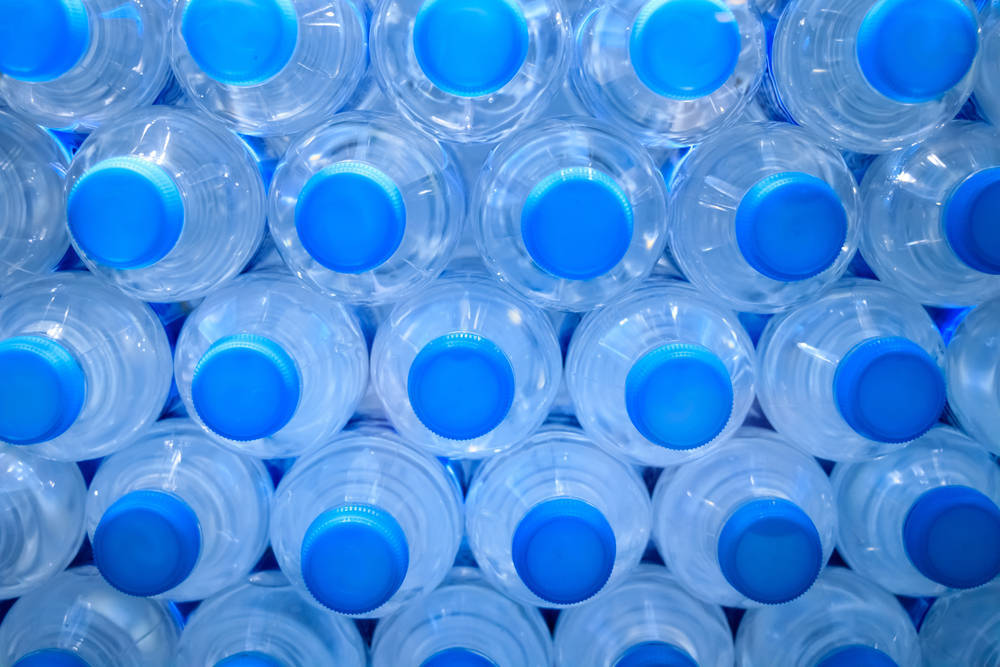The growth of bio-based polymers represents a share of 2% of the global polymer market. The bio-based polymer turnover was about €13 billion worldwide in 2016 compared to €11 billion in 2014. Production capacity of bio-based polymers is forecasted to increase from 6.6 million tonnes in 2016 to 8.5 million tonnes by 2021.
The development of the bio-based polymer market aligns to the overall growth rate of the polymer market as a whole. In contrast to a 10% annual growth between 2012 and 2014, the capacity growth data now show a 4% annual growth rate from 2015 to 2021. This is almost the same as for the overall global polymer capacity. The main reasons for this slower increase in capacity are low oil prices, poor political support and a slower than expected growth of the capacity utilization rate.
Not all bio-based polymers are biodegradable, but some important ones are, e.g. polyhydroxyalkanoates (PHA), polylactic acid (PLA) and starch blends. Strong political support can only be found in Italy and France for biodegradable solutions in the packaging sector. In this sector, the global demand for biodegradable packaging still shows a double digit growth. Additional demand could come from the increasing microplastic problem (marine littering), but so far biodegradable plastics have not benefitted from this debate.
Most bio-based polymers are consumed by the packaging industry. The major part of this is rigid packaging (bottles and others) and the rest as flexible packaging (films and others). This is not surprising since bio-based PET (mostly used to produce bottles) is one of the biggest biobased polymers in terms of capacity.



